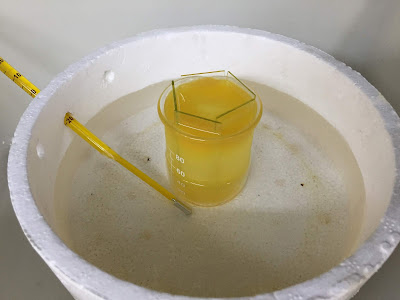 |
| Coffee cup at IFUAP-BUAP (From MIT) |
In Mexico, 2019 is a hard year for Science and technology due to two main reasons: a) Change of Mexican president followed with a change of political flagship and b) Corruption priority besides economical aspects.
This year I had the opportunity to apply for a postdoctoral fellowship from Conacyt-International to spend one year at EMPA-Switzerland. In August, the results came and I was not selected. These results are followed by a reduction of federal found for Conacyt and the government bet for carbon-based fuels.
Fortunately, I had a plan B. I apply for a postdoctoral fellowship at the BUAP founded by the program SEP-PRODEP. The process for a stay from PRODEP is really slow, the application opens in February and closes the last day of September. The problem is the results they come from a minimum time of 3 months. In my case, the results came after 6 months of wait.
Last week IFUAP-BUAP give the results they accept my stay but I should move quickly to Puebla City. For that reason here I am taking a cup of coffee from the cafeteria at IFUAP. How a great surprise they give me before the winter season. I feel great in one of the best institutions and universities in Mexico for superior education or bachelor grade.
If you are a new 2019-postdoctoral working in Mexico please tell us: How was your experience getting that position? If you are interested in a postdoctoral position, please check these three opportunities:
Note:
You are allowed to apply for the three in a row during the year. Do it and don't lose opportunities.















































